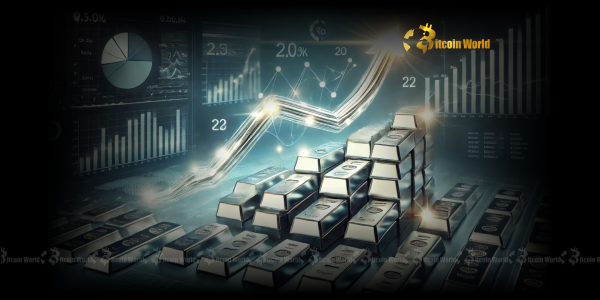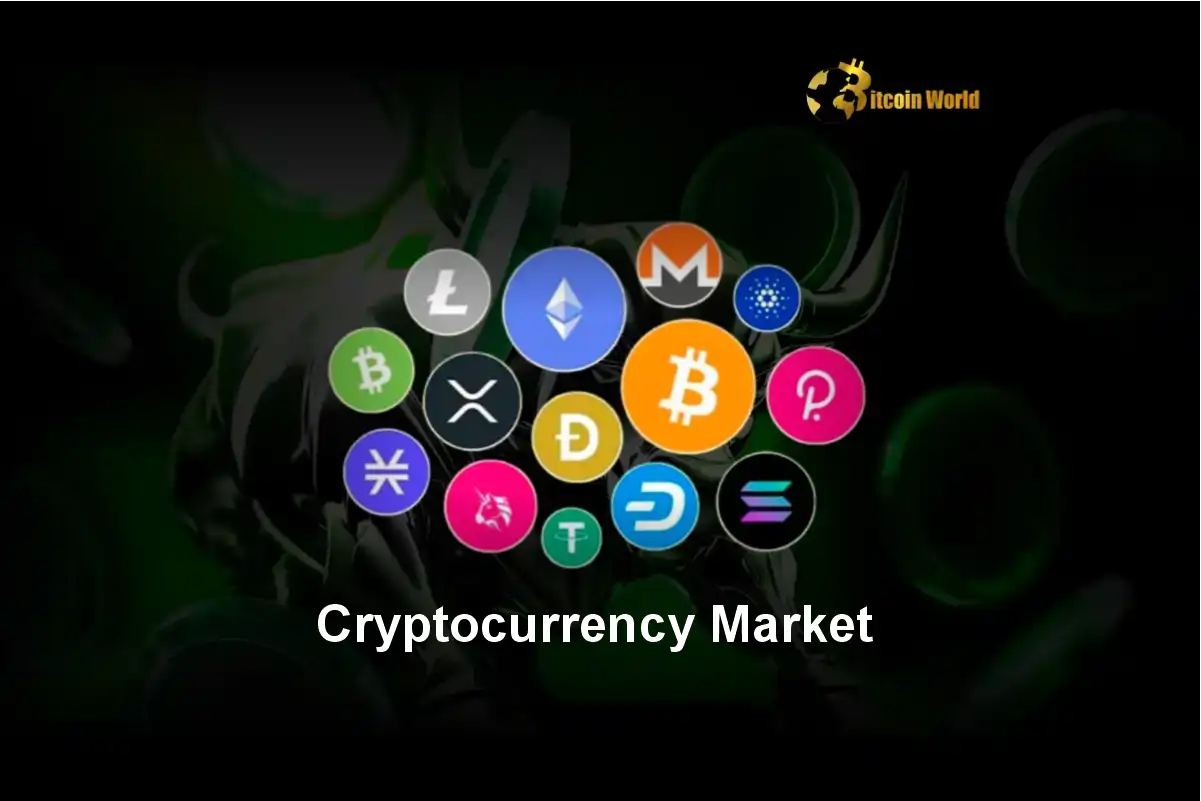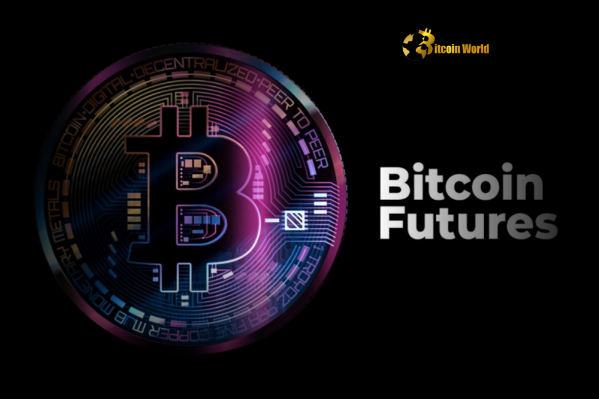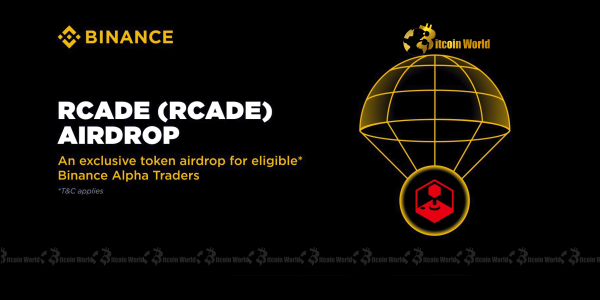
The financial world is abuzz with remarkable news from the commodities sector. In a stunning display of market dynamics, the spot silver price has recently experienced an astonishing surge, climbing by nearly 3% to touch an impressive $38 per ounce. This isn’t just a minor fluctuation; it marks a significant milestone, propelling silver to its highest valuation since September 2011. For investors, market watchers, and anyone interested in the intricate dance of global economics, this dramatic ascent signals a moment of profound interest and potential opportunity. What forces are driving this powerful rally, and what does it signify for the broader financial landscape, especially for those accustomed to tracking the more volatile cryptocurrency markets? Let’s delve deeper into this compelling development.
What’s Fueling the Spot Silver Price Surge?
The recent rally in the spot silver price is a multi-faceted phenomenon, influenced by a confluence of economic indicators, geopolitical events, and shifting investor sentiment. While the immediate trigger was a significant buying interest, the underlying causes are more complex and speak to broader macroeconomic trends. Understanding these drivers is crucial for anyone looking to make informed decisions in the precious metals space.
- Inflationary Pressures: One of the primary catalysts for silver’s ascent is the persistent concern over inflation. As central banks worldwide continue to grapple with rising consumer prices, investors increasingly seek tangible assets that can preserve wealth. Silver, much like gold, has historically served as a reliable hedge against inflation, offering a sanctuary for capital when traditional currencies lose purchasing power.
- Geopolitical Instability: Global uncertainties, including ongoing conflicts, political tensions, and supply chain disruptions, often drive investors towards safe-haven assets. Silver, alongside gold, benefits from this flight to safety, as its perceived stability offers a refuge amidst volatile geopolitical landscapes.
- Robust Industrial Demand: Beyond its role as an investment vehicle, silver is a critical industrial metal. It’s an indispensable component in various high-tech applications, including solar panels, electronics, and electric vehicles. The global push towards green energy and technological advancement ensures a steady and growing demand for industrial silver, creating a strong floor for its price.
- Weakening US Dollar: A weaker US dollar typically makes dollar-denominated commodities like silver more attractive to international buyers, as it becomes cheaper to purchase in other currencies. Recent fluctuations in the dollar’s value have contributed to silver’s appeal.
- Central Bank Policies: The monetary policies adopted by central banks, particularly interest rate decisions and quantitative easing measures, significantly impact commodity prices. Low interest rates reduce the opportunity cost of holding non-yielding assets like silver, making them more appealing.
Navigating the Precious Metals Market: Silver’s Unique Position
In the expansive realm of the precious metals market, silver often plays second fiddle to gold, its more illustrious counterpart. However, silver possesses a unique duality that sets it apart. While gold is primarily viewed as a monetary asset and a store of value, silver functions both as an investment vehicle and a crucial industrial commodity. This dual nature means its price is influenced not only by financial market sentiment but also by the health of the global manufacturing sector.
Historically, silver tends to be more volatile than gold, often experiencing more significant percentage gains during bull markets and steeper declines during bear markets. This enhanced volatility can present both greater opportunities and higher risks for investors. For example, during periods of strong economic growth, industrial demand for silver can surge, pushing prices higher. Conversely, during economic downturns, industrial demand may wane, potentially exerting downward pressure on its value.
Comparing silver to gold:
| Feature | Gold | Silver |
|---|---|---|
| Primary Role | Monetary asset, store of value | Industrial commodity, investment asset |
| Volatility | Generally lower | Generally higher |
| Industrial Demand | Limited | Significant (solar, electronics, EVs) |
| Affordability | Higher entry barrier | More accessible |
| Market Size | Larger, more liquid | Smaller, less liquid |
This distinct profile makes silver an intriguing asset for diversification within a portfolio, offering exposure to both traditional safe-haven characteristics and the growth potential tied to industrial innovation.
Considering Silver Investment: Is Now the Time to Act?
With the spot silver price reaching a significant high, many are pondering the viability of silver investment. While past performance is not indicative of future results, understanding the dynamics of silver as an asset class can help in making informed decisions. Silver can be acquired in various forms, catering to different investor preferences and risk appetites.
Common ways to invest in silver:
- Physical Silver: This includes silver coins, bars, and rounds. Holding physical silver offers direct ownership and a tangible asset, appealing to those who prefer direct control over their investments. However, it comes with storage and insurance costs.
- Silver ETFs (Exchange Traded Funds): These funds hold physical silver or silver futures contracts, providing investors with exposure to silver price movements without the need to store physical metal. ETFs offer liquidity and ease of trading.
- Silver Mining Stocks: Investing in companies that mine silver can offer leverage to silver prices, as their profitability is directly tied to the metal’s value. However, these investments also carry company-specific risks, such as operational challenges or management issues.
- Silver Futures and Options: For experienced investors, futures and options contracts allow speculation on future silver prices. These instruments offer high leverage but also come with significant risk.
Before committing to a silver investment, consider the following:
- Diversification: Silver can be an excellent tool for portfolio diversification, especially for those heavily invested in stocks or bonds. Its low correlation with other asset classes can help reduce overall portfolio risk.
- Risk Tolerance: Due to its higher volatility compared to gold, silver investment might be more suitable for investors with a higher risk tolerance.
- Long-term vs. Short-term: While short-term price movements can be dramatic, many investors view silver as a long-term hedge against inflation and economic instability.
- Market Research: Always conduct thorough research and consider consulting a financial advisor to align your investment strategy with your financial goals.
Silver’s Enduring Role as an Inflation Hedge
The concept of an inflation hedge is paramount in periods of economic uncertainty, and silver has historically proven its mettle in this regard. When the purchasing power of fiat currencies eroded due to rising prices, tangible assets like silver tend to retain or even increase their value. This makes them attractive havens for investors seeking to protect their wealth from inflationary pressures.
Why is silver considered an effective inflation hedge?
- Intrinsic Value: Unlike fiat money, which derives its value from government decree, silver possesses intrinsic value due to its scarcity, durability, and industrial utility. This inherent worth makes it less susceptible to the whims of monetary policy.
- Limited Supply: While new silver is continually mined, the total global supply is finite. This scarcity, combined with persistent demand, creates a natural upward pressure on its price during inflationary environments.
- Historical Precedent: Throughout history, during periods of significant inflation, both gold and silver have demonstrated a strong tendency to appreciate, acting as a reliable store of value when other assets falter.
- Monetary Properties: Though no longer used as primary currency, silver has a long history as a monetary metal. This historical context contributes to its perceived reliability as a wealth preserver.
In the current economic climate, with inflation remaining a key concern for central banks and consumers alike, the appeal of silver as an inflation hedge is particularly strong. Its recent price surge can be seen as a direct reflection of this growing demand for assets that offer protection against the eroding effects of inflation.
Challenges and Future Trajectories for the Silver Market
While the recent surge in the spot silver price is undoubtedly exciting, it’s essential to consider the challenges and potential headwinds that could influence its future trajectory. The silver market, like any other, is subject to various forces that can introduce volatility and uncertainty.
- Economic Slowdown Risks: As a significant industrial metal, silver’s demand is closely tied to global economic health. A substantial economic slowdown or recession could reduce industrial demand, putting downward pressure on prices.
- Monetary Policy Shifts: Aggressive interest rate hikes by central banks to combat inflation could strengthen the US dollar, making silver more expensive for international buyers and potentially dampening its appeal as a non-yielding asset.
- Supply-Side Dynamics: While overall supply is limited, new discoveries or increased mining output could temporarily boost supply, affecting prices. Geopolitical stability in key mining regions also plays a role.
- Investor Sentiment Swings: Silver is susceptible to speculative trading. Sudden shifts in investor sentiment, driven by news or market psychology, can lead to rapid price corrections.
Looking ahead, many analysts remain cautiously optimistic about silver’s long-term prospects. The continued growth in green technologies, such as solar power and electric vehicles, promises sustained industrial demand. Moreover, if inflationary pressures persist or global uncertainties escalate, silver’s role as a safe-haven and inflation hedge will likely remain prominent. However, investors should brace for potential volatility and approach the market with a well-thought-out strategy.
A Shining Future? The Enduring Allure of Silver
The recent ascent of the spot silver price to a 13-year high is a powerful testament to its enduring appeal and its crucial role in both the global economy and investment portfolios. From its historical significance as a monetary metal to its indispensable utility in modern technology, silver continues to captivate attention. This impressive surge underscores its potential as an inflation hedge, a safe haven during geopolitical turmoil, and a beneficiary of growing industrial demand, particularly from the green energy sector.
While the market is always subject to fluctuations and unforeseen events, the current momentum suggests a renewed interest in this versatile precious metal. For those navigating the complexities of the financial world, silver offers a compelling opportunity for diversification and wealth preservation. As we move forward, monitoring the interplay of economic data, industrial innovation, and geopolitical developments will be key to understanding silver’s continued journey in the global market.
To learn more about the latest precious metals market trends, explore our article on key developments shaping the precious metals market price action.





